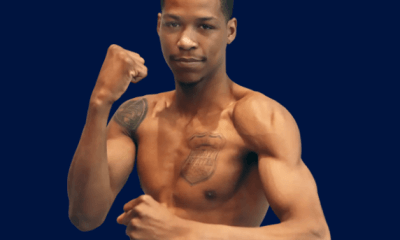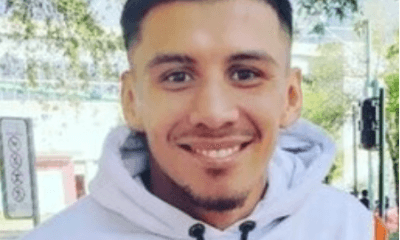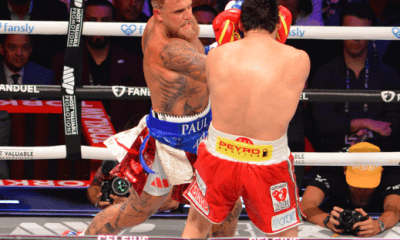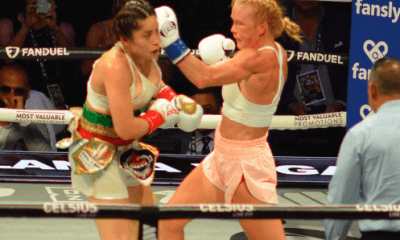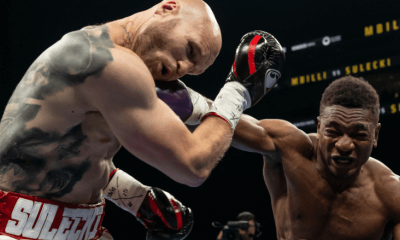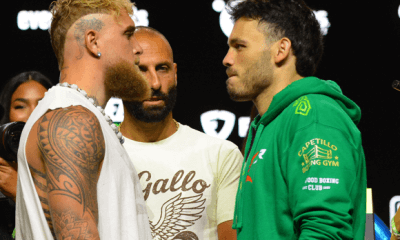Featured Articles
Boxers Say the ‘Realist’ Things (And You Can Quote Me On That)
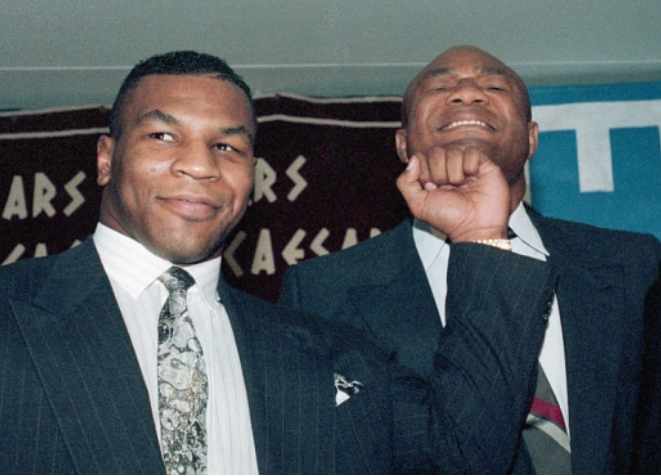
As a boxing journalist since 2010, I’ve gathered my fair share of quotes. Some of them were as forgettable as yesterday’s fake news while others are the stuff that BWAA Bernie Award winning stories are made of. Here is a quick collection (20) of my favorites compiled for your enjoyment.
They’re all the kind of candid quotes that boxing publicists might obtain but would never include in their politically correct press releases where the “quotes” are often made up or flat-out fudged.
These are taken from my personal archives and from my recent years writing for The Sweet Science. They’re all quotes I personally procured or were obtained by writers who wrote for me, most notably Joel Sebastianelli, the young scribe assigned to conduct the KO Digest interviews I’d set up monthly. They also come from press conferences, conference calls, and live events. They’re all the real deal.
GEORGE FOREMAN on why he didn’t fight Mike Tyson: ”Some things are not meant to happen. Two punchers, meeting in the middle of the ring, neither one looking to retreat. That would’ve been one of the greatest heavyweight fights of all time. No jabbing and hiding out of the way. I wish it had happened for boxing’s sake but I’m glad it didn’t happen for my own safety.”
MIKE TYSON on becoming a sober promoter: ”My job is to tell the truth. It’s an uphill battle. I wasn’t using drugs when I was fighting but I drank everyday. I was always drinking. I didn’t wait until the fight was over to drink. Thank God I’m not doing that anymore. I was about to die. My objective now is to promote these fighters. They’ll market themselves by their performance.”
LAILA ALI talks up women’s boxing: “Opportunities have to be created. If a promoter gets behind them the way they did in the UFC with Ronda Rousey, anything is possible. There’s a lot of talent out there but there is nobody behind them to promote them and that’s what it takes.”
WLADIMIR KLITSCHKO on which piece he is on a chess board: “The Queen because the Queen can move anywhere‒a combination of the Queen and the horse; a Queen that sits on a horse.”
LENNOX LEWIS recalls fighting Vitali Klitschko: “He was a guy I had to figure out, and when I say figure out, the man wasn’t easy to hit. Plus he was WAY taller than me and had longer arms. My last major opponent before that was Mike Tyson so to adapt to his different qualities such as the height and the reach, was a big challenge to me.”
VITALI KLITSCHKO respects Lennox Lewis: ”In all my career I never met so strong an opponent as Lennox. I never took so many punches. I never looked so horrible like in that fight. I’m appreciative Lennox gave me a chance to prove my skills against the strongest boxer of all time. I have lots of experience and I can definitely say Lewis was the hardest fight in my career.”
ZAB JUDAH on Micky Ward: “Micky was one of the toughest fights I had in my career. It came at a time when I was only 15-0 as a pro and this guy was like a legend. Everybody told me don’t fight him. I went in there and defeated him but it was no easy task. Big shoutout to Micky Ward.”
MICKY WARD on Floyd Mayweather Jr.: ”There’s only one Floyd Mayweather. He’s leaps and bounds ahead of everyone even at his age. It’s incredible how hard he works. People don’t see how dedicated that kid is. He might be spending money or doing this and that but hey, the damn kid earned it. He can brag all he wants, he’s proven himself over and over. You got kids just turning pro and they’re bragging. That’s bull****. Someone like Floyd can talk all he wants.”
MARLON STARLING on the night be beat Mark Breland: “Let me tell you something. I got the s*** beat out of me in that fight. I got hit with everything but the kitchen sink. I fought that fight from the heart instead of from the head. That fight, I got an ass whooping, but guess what? I came home with the title. You know what they say in boxing: it ain’t how you start, it’s how you finish.”
JEFF FENECH laments: “After the first Azumah Nelson fight, I have no excuses, but I was never the same. I was going to be the first boxer ever to win four world titles undefeated. I was the first fighter to win three world titles undefeated. Ray Leonard, Tommy Hearns, and Roberto Duran all lost before winning their fourth titles. I was the first undefeated three-time world champion. After that draw, I was never the same. I can’t put my finger on it, but something left me that day.”
PAULIE MALIGNAGGI on Punch Stat and CompuBox: “Do you know how many people think that there’s a special chip in the gloves that counts punches landed and don’t realize it’s actually some guy playing Nintendo and pressing buttons deciding what lands and what doesn’t.”
VIRGIL HILL on fighting the great Roy Jones Jr.: “I just did not expect him to throw a shot to the body. He never threw a body shot before, particularly with the right hand, so we just got caught. It was the hardest shot I have ever been hit with, for sure. When you get hit like that with a body shot, the only thing I really remember is them saying “six, seven…” Up until that point, I believe we had the right formula. Had it gone two more rounds, it would have been a different story.”
RAY MANCINI goes 15 rounds: “The true championship distance is 15 rounds. I have a problem with guys who only have to go 12 and got into the International Boxing Hall of Fame before guys who went 15. I lost but against Arguello and Livingstone Bramble, I was winning after 12 rounds. So if it’s only 12 rounds, I’m undefeated! What would they say now if I had beat those legends?”
TIM BRADLEY on his being an action fighter: “I fought Provodnikov with sheer heart. I was in a bad place at that time mentally, the Pacquiao controversy and everything I just went through. That’s the reason I fought the way I did that night. I felt I had a lot to prove to the world and to myself, that I’m a true champion. I wanted to show everyone what I was made of. After that crazy fight, I learned a lot from that going into the Marquez fight. Some light started shining on my career, so I said, give me the guy that just beat Manny, I want Marquez. Everybody thought I was crazy but by staying disciplined in my craft, it worked out well. Now I know what I’m capable of. If I have to dig deep, I know I have it in there. There is nothing I can’t do in the ring.”
JOHN MOLINA JR. explains his popularity: “Fans root for me because I’ve been the underdog every way you can imagine. I didn’t turn pro until I was 24. I had only 22 amateur fights. I’m showing everybody that if you stick to something you apply yourself, you can make it. That’s why fans are intrigued with my style. I’m a first class example of getting past discouragement.”
TONY “THE TIGER” THOMPSON on his lack of fan appeal: “Maybe it’s the ‘2000 Larry Holmes body’ or maybe it’s the boring left hand, defensive first style, or maybe it’s a face for radio.”
SHANNON “Let’s Go Champ” BRIGGS: ”I’m active, pumped up, and fired up now more than ever. Everything happens for a reason, and you know what? I’m the black Cinderella Man. I’m going to shock the world and get a fight with this bum Wladimir Klitschko and knock his face off.”
MIKE WEAVER describes how he got into boxing: ”I got into a fight in the Marines. I went to a club and tried to play a song on the jukebox. I got there before this other guy and he pushed me out of the way. I shoved him back and he swung at me and missed. I swung back and knocked him out. Two days later, they asked me if I was interested in joining the boxing team. I said, “I never boxed a day in my life. I don’t know the first thing about boxing.” He said, ”The guy you knocked out was the heavyweight champion of the Marine Corps.” That’s the way it started.”
JOHNATHON BANKS on speculation he ‘threw’ the Seth Mitchell rematch: “I’ve dedicated my life to boxing and I’d rather die than to throw or give a fight away. I fractured both hands in the first round. I thought I broke them. Each and every time I threw a punch, it was hurting so bad! I’ve been nothing but honest and a stand-up guy all my life, especially in the sport of boxing. I have too much integrity and too much love for the sport and the fans to do anything like that.”
BRYAN DANIELS on boxing Boston Bomber Tamerlan Tsarnaev: “I fought him in 2010 when I was a novice with only six fights. I fought him twice that tournament but he was more experienced being an open class fighter. He was not in great shape but had the experience to get the victory. I advanced that year because he was not a legal citizen but I never got the chance to get a rematch. I spoke to him after the fights and he appeared really cocky and arrogant, no respect for anyone. He came to our gym a couple times with no regard toward safety. He would spar with no headgear. I don’t believe he valued life or the opportunity that he had with the sport because he never boxed again after 2010. I guess he turned for the worst.”
Check out more boxing news on video at The Boxing Channel
To comment on this story in The Fight Forum CLICK HERE
-

 Featured Articles3 weeks ago
Featured Articles3 weeks agoAvila Perspective, Chap. 330: Matchroom in New York plus the Latest on Canelo-Crawford
-
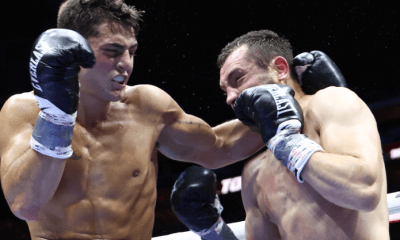
 Featured Articles1 week ago
Featured Articles1 week agoVito Mielnicki Jr Whitewashes Kamil Gardzielik Before the Home Folks in Newark
-
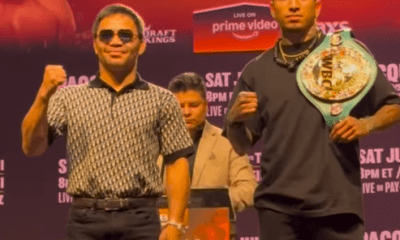
 Featured Articles4 weeks ago
Featured Articles4 weeks agoAvila Perspective, Chap 329: Pacquiao is Back, Fabio in England and More
-
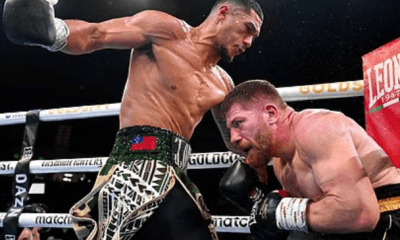
 Featured Articles3 weeks ago
Featured Articles3 weeks agoOpetaia and Nakatani Crush Overmatched Foes, Capping Off a Wild Boxing Weekend
-
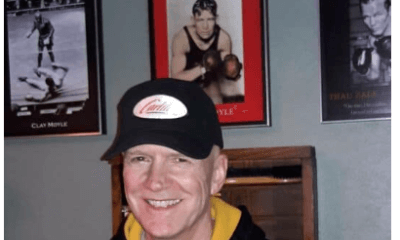
 Featured Articles2 weeks ago
Featured Articles2 weeks agoCatching Up with Clay Moyle Who Talks About His Massive Collection of Boxing Books
-

 Featured Articles3 weeks ago
Featured Articles3 weeks agoFabio Wardley Comes from Behind to KO Justis Huni
-
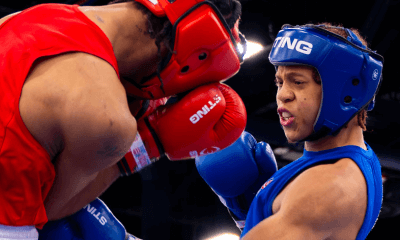
 Featured Articles1 week ago
Featured Articles1 week agoMore Medals for Hawaii’s Patricio Family at the USA Boxing Summer Festival
-
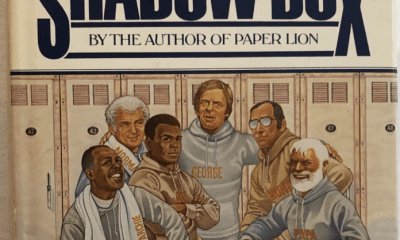
 Featured Articles4 weeks ago
Featured Articles4 weeks agoDelving into ‘Hoopla’ with Notes on Books by George Plimpton and Joyce Carol Oates

